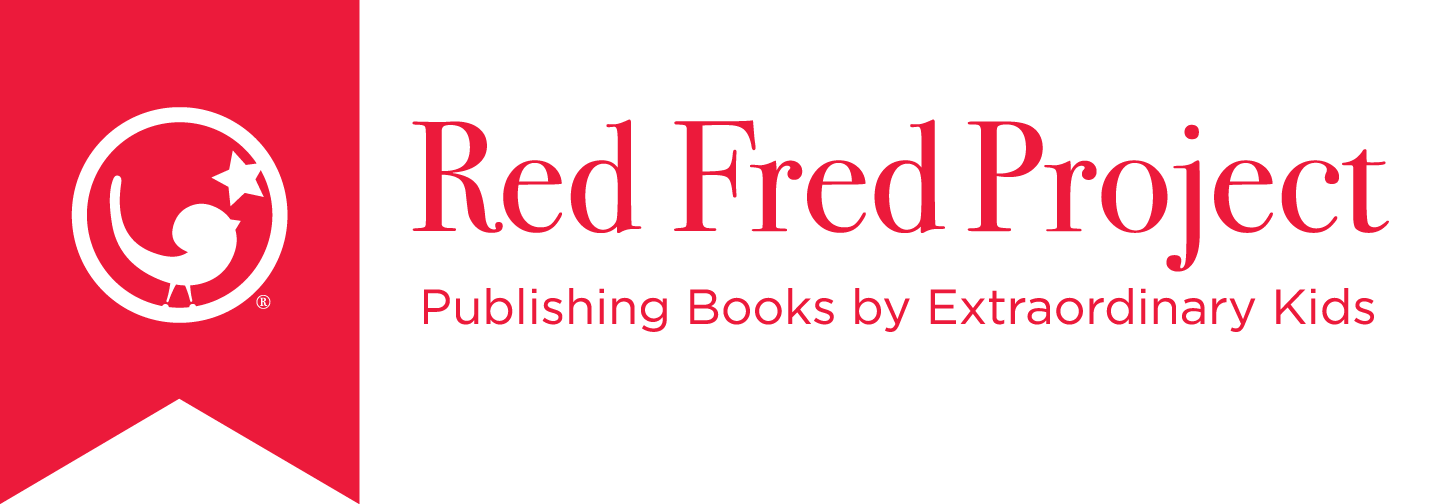Lauren Seamans
Extraordinary Circumstance:
Williams Syndrome
Book: Chasing Butterflies
Words by Dallas Graham
Design & Illustration by Tessa Rushton-Sanders
Photography by Kirstin Roper
Editing by Jeri Larsen
Lauren Seamans is an endearingly vivacious, brave, and funny 17-year-old young woman living in Draper, Utah. She loves animals, friends, and dancing and has an affinity for music. Lauren was diagnosed with Williams Syndrome at the tender age of 6 years old. Williams syndrome (WS) is a genetic condition that is present at birth and can affect anyone. It is caused by the spontaneous deletion of 26-28 genes on chromosome #7. Williams syndrome is characterized by medical problems, including cardiovascular disease, developmental delays, and learning challenges. These often occur side-by-side with striking verbal abilities, highly social personalities, and an affinity for music. Lauren’s favorite thing to do is hang out with friends, listen and sing to her favorite songs, and, of course, EAT her favorite foods! The blessings she brings to this world have taught so many the importance of inclusion and acceptance of how much love and happiness is at the essence and fabric of those that are “off the beaten path.” Her wish is for more “typical” people to befriend more kids like her.
Read her book.
COPYRIGHT © 2019 BY DALLAS GRAHAM. ALL RIGHTS RESERVED. NO PART OF THIS BOOK MAY BE REPRODUCED IN ANY FORM BY ANY ELECTRONIC OR MECHANICAL MEANS INCLUDING PHOTOCOPYING, RECORDING, OR INFORMATION STORAGE AND RETRIEVAL WITHOUT PERMISSION IN WRITING FROM THE COPYRIGHT HOLDER.
Learn more about
Williams Syndrome
Williams syndrome is a rare genetic disorder that causes distinctive facial features and heart defects. Other features of Williams syndrome include mild intellectual disability, low muscle tone, anxiety, short stature, developmental delays, and an exceptionally friendly and outgoing personality.
People with Williams syndrome generally have a slightly lower life expectancy because of an increased risk of heart (cardiovascular) problems. The syndrome is linked to the microdeletion of certain genes present on chromosome 7. There are a total of 27 genes that, if deleted, can cause the disorder.
There is no cure for Williams syndrome. Treatment is mostly supportive and may include physical, developmental, and speech therapy, as well as close monitoring of cardiovascular health. Some patients need surgery to treat heart defects. People with Williams syndrome respond particularly well to music. Not only can music help relieve anxiety and support education, but patients are often skilled in pitch and rhythm.
If you would like to learn more about Williams syndrome, check out these useful resources:
www.williams-syndrome.org
www.williamssyndrome.org.au/home.php
RED FRED PROJECT WOULD LIKE TO THANK OUR FRIENDS AT PATIENT WORTHY FOR THEIR RESEARCH AND PARTICIPATION IN SHARING THIS VERY IMPORTANT INFORMATION, REGARDING THIS EXTRAORDINARY CIRCUMSTANCE. YOU CAN LEARN MORE ABOUT THEIR WORK AT PATIENTWORTHY.COM.




















































